Growing red currants and easy care of the berry crop
The breakdown of a new garden usually takes place in 2 stages: first, planting red currants, gooseberry and other berry bushes, then the placement of apples, pears, cherries. This sequence can be understood: trees will bear fruit only after a few years, and you will taste the berries much earlier. In a year, it will be possible to saturate the body with vitamins, prepare compotes, jellies and desserts. You can plant exotic fruit crops in the country, breeders are constantly improving varieties, adapting them to any conditions. Only growing and caring for foreigners will take so much time and effort that it is easier to purchase them in the supermarket.
Why do we need red currants in the garden
This shrub must be in every summer cottage. The main concern of the gardener is to plant red currants, the rest of the care is simple, it can even be entrusted to teenagers and retirees. This is one of the earliest and longest fruitful berries. If you choose the right varieties in terms of ripening, the plants will supply you with delicious berries from June to autumn.
Due to its rich set of vitamins, biologically active substances, antioxidants and trace elements, red currant is widely used in folk medicine and cosmetology. During colds, doctors recommend using lemons and other citrus fruits. We do not know how exotic fruits were grown and stored, what chemicals they were treated with. You have a wonderful substitute at your fingertips - a healthy and vitamin sweet and sour berry.
In the refrigerator at a temperature of about + 2⁰, fruits can be stored for 2 weeks or more, it all depends on the variety. In summer, you can cook refreshing compotes from berries, and make many blanks for the winter. Juice with sugar, without any thickeners, turns into jelly. Prepare as much of this delicacy as possible, in winter a few teaspoons of the thick mass will saturate your body with vitamins, and in the spring you will not feel any traditional blues. Natural red currant marmalade will replace store-bought sweets saturated with palm oil, preservatives and other harmful ingredients for kids. For adults, you can make an excellent natural wine from berries.
Unpretentious vitamin berry
Gardeners fell in love with red currants for their tasty early berries and easy care for a long-lived shrub. Carefully choose a place for planting, the plant can bear fruit for up to 25 years, and it will be very sorry to destroy it if you think of building some kind of building on this site. Do not believe the statements that old bushes have small berries and a low yield. This happens among summer residents, who forget that nutrients themselves are not formed in the soil, they need to be constantly added. Feed your green pets, they will feed you in gratitude.
The shrub is not afraid of frosty winters; with the right approach, it can be grown in all regions. Red currant contains phytoncides, it is resistant to many diseases, and pests do not really like it. The antibacterial properties of berries are known to many housewives; they often put ripe brushes in various pickles and marinades for better preservation of the contents of the jars. In order not to get problems with the bushes, provide them with simple care and do not forget about preventive measures.
Already in June, the fruits begin to ripen. Depending on the variety, the berries are large and small, sour and sweet. Do not plant the entire plot with one favorite species, create variety.With cross-pollination, the yield will be richer and the quality of the fruit is better.
Here are some varieties of berry crops, the cultivation of which is recommended for central Russia.
- Natalie. The variety was recognized by northern gardeners for its frost resistance and high yield. Berries weighing up to 0.5 g ripen in July.
- Rondom. Drought-resistant variety with large late-ripening fruits. The fruits do not crumble for a long time, they are well stored. Disadvantage: bush propagates poorly by cuttings.
- Dutch red. The plants are drought tolerant and yield good yields. The bush is compact, growing in height. Medium-sized berries ripen at the end of July.
- Versailles red famous for its large berries - up to 1.5 g. Fruiting in July.
- Roland. Produces up to 7 kg of fruits per plant. Already in the third year, it reaches full yield. Does not require thinning. Each cluster has up to 30 berries with an average weight of 0.7 g.
- Rosetta. The bush grows very quickly. Shoots are directed vertically, do not occupy a large area. Growing on trellises is possible. The fruits ripen t late, in the second half of July.
Advertising publications spread a sensation about the Dragon's Eye variety. Bushes without shelter can withstand frosts down to -50⁰, spring frosts up to -15⁰ do not harm the ovaries. Fruits the size of a cherry can hang on the bushes for a long time, do not crumble. The plant is not affected by diseases. Comments indicate that the breeders clearly flattered themselves, this species has no special advantages.
Advice
When a new variety with wonderful qualities is advertised, do not rush to purchase it, often gardeners write in reviews that they did not notice the promised advantages. This is due to the deception of sellers and the fact that the plant is not suitable for the conditions of your area. Before buying, ask neighbors and acquaintances which varieties they like.
What conditions will red currants like
If you want to feast on sweet berries, the cultivation of red currants should be carried out in sunny areas. The soil should be light and loose. Loam and sandy loam are well suited. The reaction is desirable slightly acidic, but if the acidity is increased, lime must be added during planting. The plant does not tolerate groundwater; in damp areas, it is necessary to arrange an embankment or make drainage. Arid hills are not terrible for the plant, its thick roots with many long shoots will find moisture.
The bushes will not like the cold north and north-east winds. The best geographical location for her is the southern slope of the hill. On flat terrain, buildings, fences, or tall, dense plantations can provide protection. Often, red currants thrive where other berries cannot grow.
Red currant is convenient because it is not difficult to find a place for it. The bush does not occupy a large area; a number of plants can be planted on a narrow strip of land next to buildings or a fence. The culture is suitable for landscaping: brightly colored leaves with bunches of red berries will liven up any boring landscape. You can use the planting for a hedge or as a backdrop for a flower bed with light flowers. Initially, the cultivation of this crop was carried out not for fruitful, but for decorative purposes.
The distance between the bushes should be at least a meter, then they will have enough light and space. If the red currant grows on the north side of tall trees, the crown will block the sun. Plant it at least 3 m away from the tree species. This rule must be observed when planting bushes along buildings and fences.
Shrub planting
Seedlings can be purchased from nurseries or specialist centers. If you liked the red currants from your neighbors or friends, you can get the planting material yourself using cuttings or cuttings. If you want to root an already developed plant, separate part of the bush. Use a sharp shovel to cut off a fragment of the rhizome with shoots and transplant it to a new place.Until the plant takes root, provide your mind with more careful care.
Planting red currants begins in early autumn, preferably in September, so that the seedlings have time to take root and grow stronger by the cold. It can be planted in the spring, only you need to catch it before the buds swell. Half a month before planting, dig holes with a diameter of 0.6 m and a depth of 0.4 m. Put about 10 kg of humus with ash on the bottom. Add sand to heavy soil. Pour a layer of earth on top. If the roots are laid directly in a fertile composition, there will be too many leaves - to the detriment of fruiting. The device of the holes must be carried out in advance so that the soil has time to settle.
In the morning, place the root system of the bush in a clay mess and hold it there for several hours. The underground part will be saturated with water and will quickly sprout new processes. It is better to place seedlings obliquely, then they will quickly begin to develop lateral root processes. Do not trample the earth and do not ram, pour 5 liters of water into the hole, the liquid itself will compact the soil. If the roots are bare during watering, add soil. Cut off the branches of the seedling so that 3-4 buds remain on them. Cover the hole with a thick layer of sawdust or peat, then caring for the plants will become much easier.
Advice
Cut healthy twigs into the ground to a depth of 3 buds. Most of the cuttings will take root and form the basis of new shrubs.
Berry crop care
Shrub care is easy black currant requires more attention than red. Watering is needed only in dry weather. Do not moisten the soil only from the top, this will not be of any benefit. The correct option is about 5 buckets of water for the plant. If there is no rain during flowering and fruit development, pour 2 buckets of water under the bush every week. To freshen the leaves, spray them in the evening with a spray bottle. If you are too lazy to mulch the hole, in the summer you will have to fight weeds and loosen the ground.
When a shrub grows in one place for many years, it draws nutrients from the ground. With proper dressing, there will be no decrease in yield. In autumn, add 0.5 buckets of compost under each bush, adding 25 g of superphosphate and potassium fertilizers to it. In the spring, throw 25 g of ammonium nitrate under the plants. After flowering during the period of fruit formation, feed with organic matter.
Advice
When choosing fertilizers, pay attention to their composition. If chlorine is present, the currant preparation is not suitable.
In order for the bush to give a good harvest in the summer, you need to provide it with comfortable conditions. As soon as the ground thaws, do spring plant care:
- remove last year's leaves and other debris from the hole;
- loosen the ground;
- prune dry, broken and diseased branches;
- install supports under the large processes so that they do not lie on the ground, but stretch up and are well illuminated by the sun.
In the fall, you need to prepare the bushes for winter. Remove excess shoots so that the bush is not too thick. The optimal number is 10 trunks. If the growth is too dense, the number of berries will decrease. Branches after 7 years are considered old, they must be removed. Do not touch the young sprouts, berries will appear on them next year. After cutting off too thick branches, treat the cuts with garden pitch.
Dig the ground to a shallow depth and slightly huddle the base of the bush. As soon as it snows, add a snowdrift to the plant. Although red currant is a frost-resistant crop, insulation will not harm it. In the coldest regions, you need to wrap all the shoots with straw, spruce branches or covering material. In the spring, all protective structures and embankments must be removed.
Diseases and pests of red currant
Good immunity and phytoncides protect red currants from diseases and pests, but sometimes there are problems with it. This often happens with bushes that are not properly cared for. In order not to deal with complex treatment and control of insects, do not let them develop. Examine the bushes and immediately remove any suspicious branches.All cut fragments must be burned to destroy the infection. Disinfect tools.
One of the preventive measures is to remove excess shoots in time so that the bush is well ventilated and illuminated by the sun. Prevent weeds from growing as they trap air currents and provide shelter for pests. A layer of mulch with a thickness of at least 5 cm will eliminate this problem. When mulching, do not forget to make sure that the root collar does not end up underground.
Each chemical has its own requirements for the time span from processing to harvesting. In order not to water the already set berries with harmful solutions, pour over the bushes immediately after removing the damaged branches.
- 10 g of colloidal sulfur dissolved in 10 liters of water will help with the kidney mite.
- From currant aphids and powdery mildew - nitrafen solution at a concentration of 8%.
- From anthracnose in the spring, pour fungicides over the bush and the ground.
Advice
No need to blindly trust advertising claims that your chosen strain is resistant to anthracnose or powdery mildew, they do not always correspond to the truth. Do not forget to inspect the plants and take preventive measures.
Don't forget about biological methods of defense. Honey plants will attract predatory insects to the garden. Calendula will ward off ticks between bushes. Infusions of hogweed, mustard, garlic, tobacco can be used against infections and pests without fear that the fruits will absorb toxic substances.
Output
The most convenient berry crop for growing in the country is red currant. A compact bush does not take up much space, does not impose special requirements on climatic conditions and soil. Add in easy maintenance, longevity and high yields, and you will understand that this plant is simply necessary for you.
The sweetness of the berries depends not only on the variety, but also on the lighting. The more sun, the more useful sugars. In order for the bushes to have enough strength to develop a large number of fruits, do not forget about top dressing. The roots cannot absorb dry fertilizer. Give your red currants enough moisture and a rich harvest is guaranteed.
Berries are not only tasty, they are filled with useful components and vitamins. In winter, red currants will saturate the body with ascorbic acid, during the period of colds and epidemics, it will protect against infection. Prepare jelly, marmalades, compotes, we can rightfully say about this berry: eat it for health!
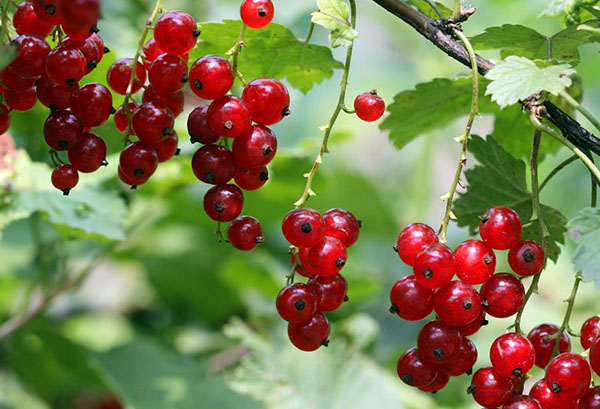
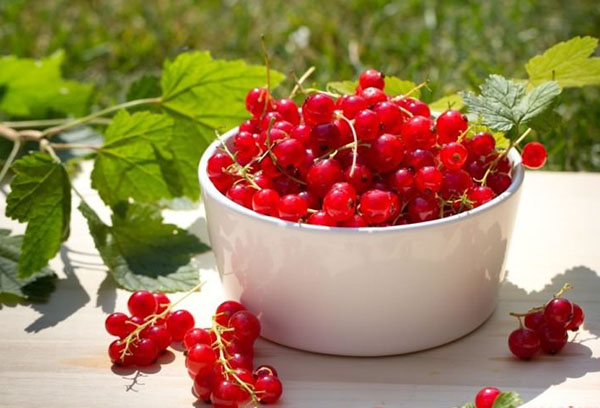
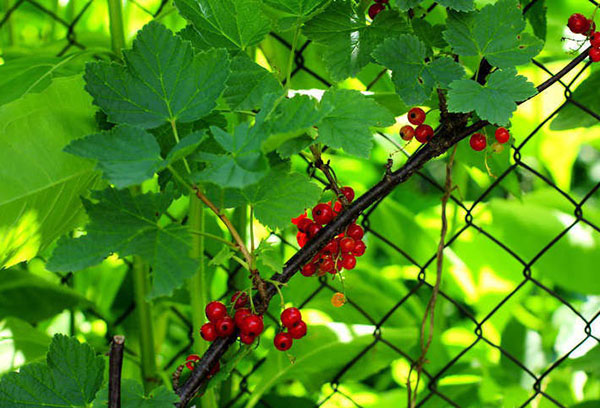
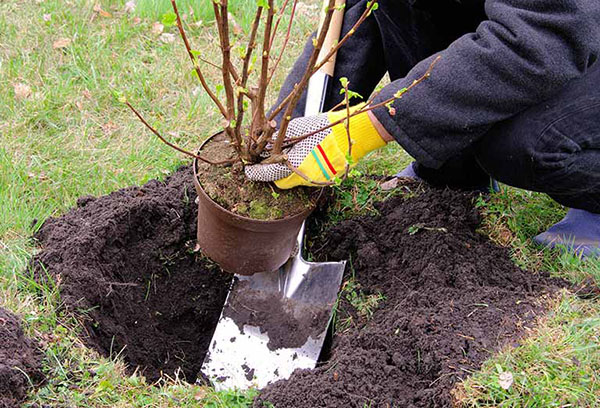
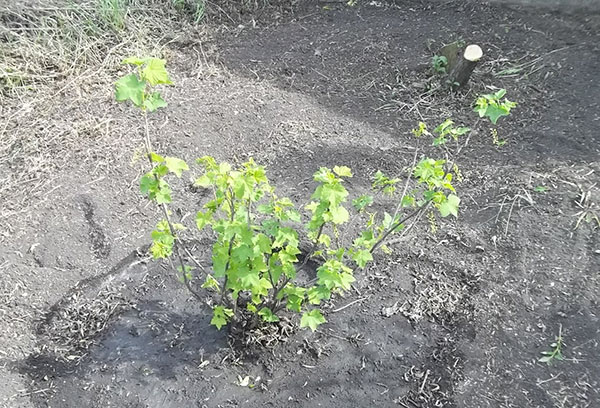
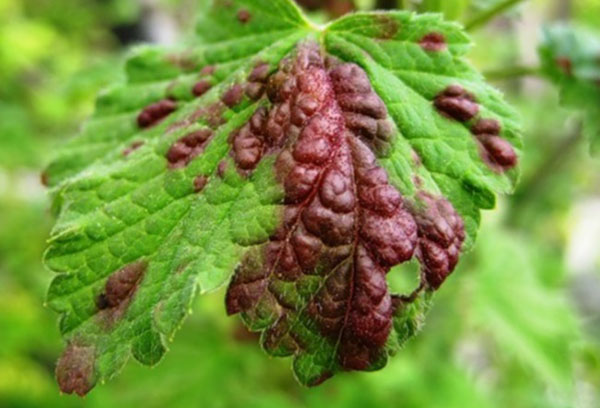
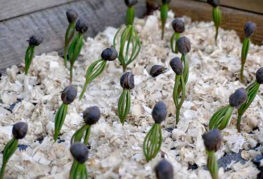
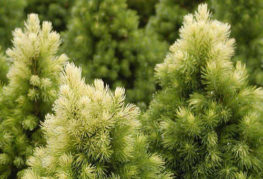
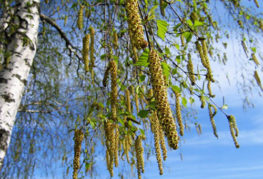
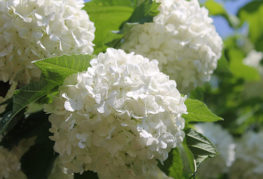
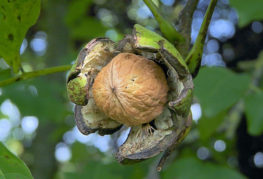
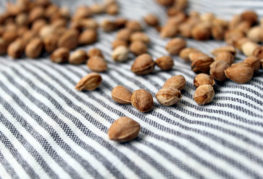
and will be published shortly.